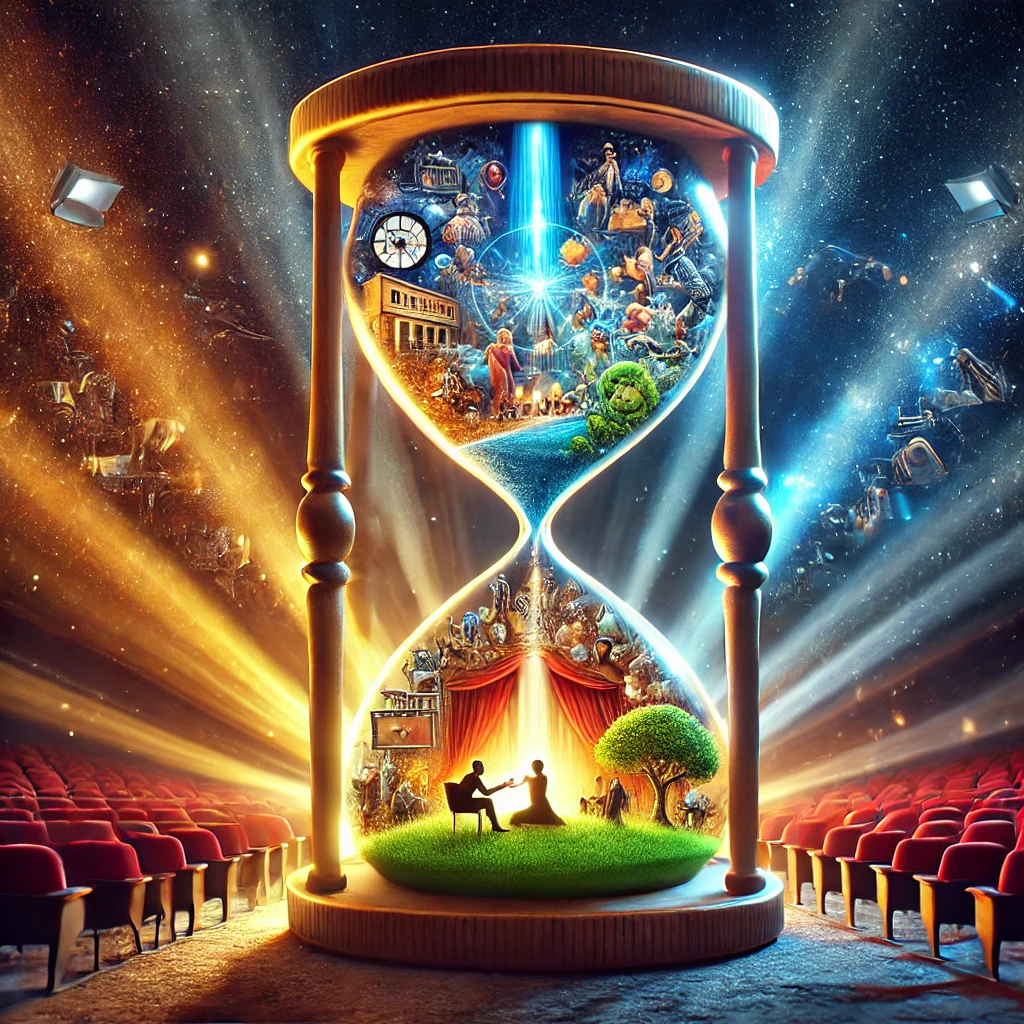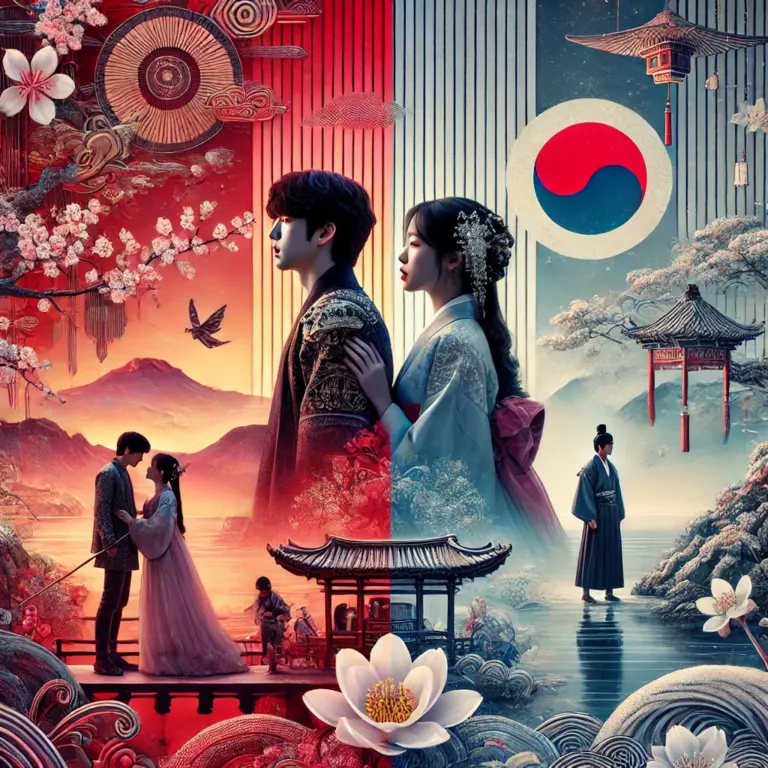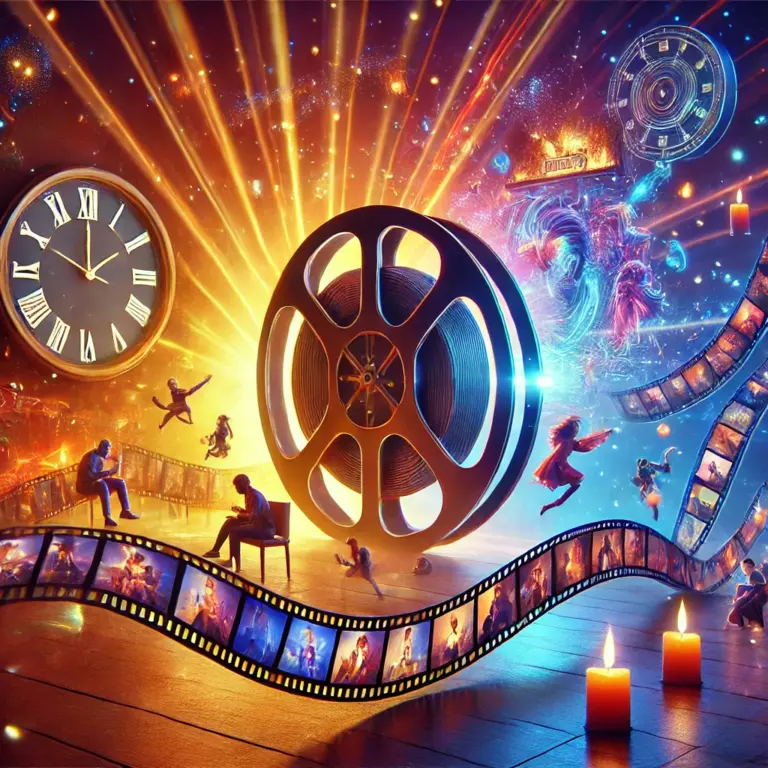How Short Dramas Tell Big Stories in a Short Time
Anúncios
Short dramas, or mini-dramas, are living proof that you don’t need extensive screen time to tell exciting and impactful stories. These compact formats, often with episodes lasting 10 to 30 minutes, challenge traditional production conventions by delivering intense and well-constructed narratives in a short amount of time.
But what’s the secret behind their success? Let’s dive into the behind-the-scenes magic of screenwriting, directing, and production that makes these dramas true compact masterpieces.
1. The Power of Precise and Direct Screenwriting
At the heart of any production is the script, and short dramas master the art of saying a lot with very little. With limited time available, screenwriters must be extremely precise in developing their stories.
- Focus on the Core: Unlike long-running series, which can afford to include extensive subplots, short dramas concentrate exclusively on the core narrative. Every scene, dialogue, and action serves a clear purpose.
- Memorable Characters: With less time for development, characters are often introduced with striking traits and captivating backstories from the outset, creating an instant connection with the audience.
- Impactful Openings: Many short dramas choose to start “in the middle of the action,” skipping lengthy introductions and immediately immersing the viewer in the main conflict.
2. Direction: The Art of Visual Storytelling
Directing plays a crucial role in maximizing the emotional and narrative impact of short dramas. With less time to work with, every visual detail becomes a tool for conveying information and emotion.
- Expressive Cinematography: Camera angles, lighting, and color schemes are used to convey emotions and set the tone of the story without relying solely on dialogue.
- Visual Metaphors: Many short dramas use symbolism and visual metaphors to communicate deeper messages, saving time on exposition.
- Dynamic Editing: Quick, efficient editing ensures that the story’s rhythm keeps the viewer engaged from start to finish.
3. Production: Doing More with Less
Many short dramas operate on limited budgets, forcing production teams to be creative in every aspect.
- Minimalist Locations: Most short dramas use simple sets or real-life locations, such as apartments, streets, or cafes, to create a more intimate and realistic environment.
- Simple but Significant Costumes and Props: Every costume or prop often carries meaning, contributing to the story and eliminating unnecessary elements.
- Small Casts: These productions usually feature a small number of characters, allowing the story to focus on the central relationships and conflicts.
4. Compact Narrative Strategies
One of the biggest challenges for a short drama is delivering a complete story in such a short time. This is where effective narrative strategies come into play.
- Episodic Structure: Many short dramas divide their story into brief episodes, each with a mini-climax, keeping the audience engaged and eager for more.
- Universal Themes: These dramas often tackle universal themes that audiences can quickly relate to, such as love, loss, resilience, and friendship.
- Impactful Climaxes and Conclusions: Despite their brevity, the endings of these dramas often leave a strong impression, whether emotionally moving or thought-provoking, ensuring the story lingers in the viewer’s memory.
5. The Role of Technology and Streaming
The rise of short dramas is closely tied to the digital age and the demand for quick content consumption on platforms like YouTube, TikTok, and streaming services.
- Adaptation to Modern Audiences: In a world where people have less time (and patience), short dramas deliver high-quality entertainment in an accessible format.
- Creative Marketing: Many short dramas leverage social media to promote their stories, including viral teasers that draw in viewers.
- Experimentation: Thanks to the ease of digital distribution, producers can take more risks, experimenting with new formats and narratives.
Examples of Successful Short Dramas
- Reset (China): A suspense drama about a time loop that explores morality and fate, all within short episodes.
- Navillera (South Korea): A simple yet heartwarming story about an elderly man pursuing his dream of becoming a ballet dancer, executed with a delicate touch.
- Be Melodramatic (South Korea): A mix of humor, drama, and romance that explores the lives of three women in their 30s, told through a modern and agile narrative.
Conclusion
Short dramas are a masterclass in how to maximize narrative and emotional impact within a limited timeframe. With precise scripts, creative direction, and efficient production, these small gems prove that great stories don’t need to be long. As the demand for dynamic and accessible entertainment grows, short dramas are solidifying their place as an innovative way to deliver stories that move, surprise, and stay with us. If you haven’t yet explored this universe, now is the time to dive in!




